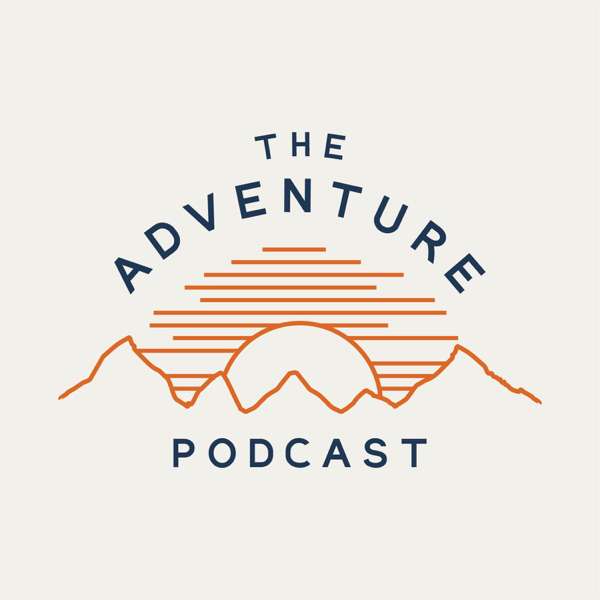By the start of 1933, thousands of banks across America had already closed their doors. 13 million Americans were unemployed and the stock market had crashed, leaving the United States in the worst economic crisis in modern history. In the twelve years that would follow, the Dust Bowl would ravage the plains and render former farmland useless, heightening the impacts of the depression as the Second World War brought the entire world to a standstill.
But Franklin Delano Roosevelt, or FDR as many would come to know him, would take it all in stride. Born in Hyde Park, New York in 1882, he was elected to the New York Senate in 1910, would go on to serve as the Assistant Secretary of the Navy under President Wilson, and finally as the Governor of New York before being elected President of the United States in 1932. Perhaps best known for his sweeping economic programs, a deep connection with the American people, and his incredible strength shown amidst personal disaster, he would guide the country through the turbulence with courage, resilience, and, above all else, optimism.
In the heart of Washington D.C., a tribute to Roosevelt sits in a secluded corner of the National Mall. Designed by renowned landscape architect Lawrence Halprin in 1974, the memorial stretches across 7.5 acres, making it the largest of any National Mall Memorial. The initial plans would wait for more than 20 years before Congress could approve the appropriate funding, but it was eventually dedicated on May 2, 1997, by President Bill Clinton. Consisting of more than 30,000 granite stones from South Dakota and Minnesota and with over 100,000 gallons of water flowing through seven fountains and pools, it is a stark contrast to the monuments that surround it, telling the story of an unprecedented presidency through elements of stone, water, and earth.
This week on America’s National Parks, take a stroll through the Franklin Delano Roosevelt Memorial and the lasting legacy of the 32nd President of the United States.
Hosted by Jason Epperson
Written by Lizzie Tesch
Use code PARKS30 for $30 off of a $500 or more booking at www.rvshare.com.

 Our TOPPODCAST Picks
Our TOPPODCAST Picks  Stay Connected
Stay Connected







